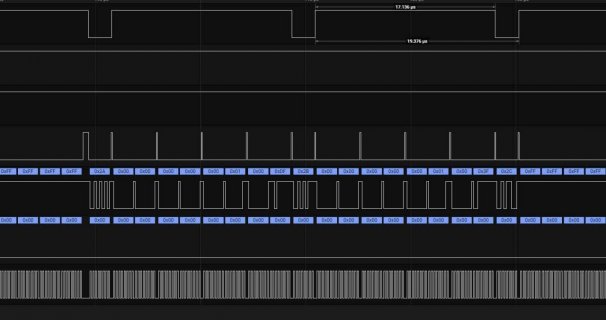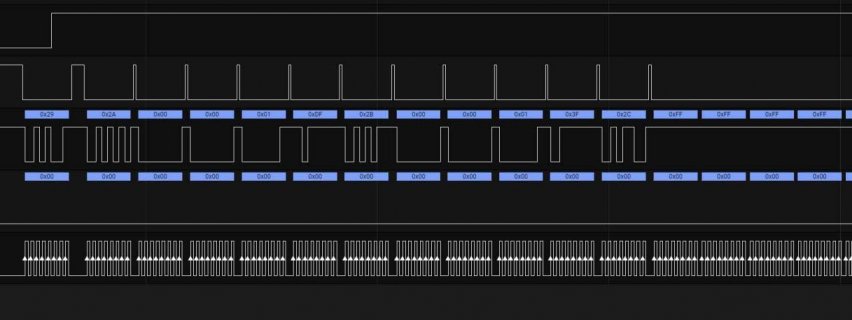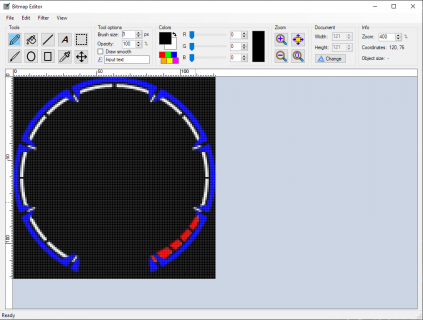Whenever I change the spi clock, something changes in the configuration. Is that normal?
20:04:34.989 -> HX8357 Test!
20:04:34.989 -> _t3n::begin mosi:11 miso:12 SCLK:13 CS:10 DC:9 SPI clocks: 20000000 2000000
20:04:34.989 -> T4 setup CS/DC
20:04:35.601 -> _t3n::begin - completed
20:04:35.695 -> Display Power Mode: 0x80
20:04:35.695 -> MADCTL Mode: 0x0
20:04:35.695 -> Pixel Format: 0x87
20:04:35.695 -> Image Format: 0x87
20:04:35.695 -> Self Diagnostic: 0x87
20:04:35.695 -> Benchmark Time (microseconds)
20:04:35.695 -> Screen fill 615109
20:04:36.526 -> Text 126456
20:04:37.374 -> Lines 187222
20:04:38.817 -> Horiz/Vert Lines 50861
20:04:39.194 -> Rectangles (outline) 28441
20:04:39.523 -> Rectangles (filled) 1486488
20:04:41.354 -> Circles (filled) 193503
20:04:41.682 -> Circles (outline) 152359
20:04:42.060 -> Triangles (outline) 39841
20:04:42.390 -> Triangles (filled) 491160
20:04:43.275 -> Rounded rects (outline) 62436
20:04:43.651 -> Rounded rects (filled) 1622392
20:04:45.575 -> Done!
20:04:34.989 -> HX8357 Test!
20:04:34.989 -> _t3n::begin mosi:11 miso:12 SCLK:13 CS:10 DC:9 SPI clocks: 20000000 2000000
20:04:34.989 -> T4 setup CS/DC
20:04:35.601 -> _t3n::begin - completed
20:04:35.695 -> Display Power Mode: 0x80
20:04:35.695 -> MADCTL Mode: 0x0
20:04:35.695 -> Pixel Format: 0x87
20:04:35.695 -> Image Format: 0x87
20:04:35.695 -> Self Diagnostic: 0x87
20:04:35.695 -> Benchmark Time (microseconds)
20:04:35.695 -> Screen fill 615109
20:04:36.526 -> Text 126456
20:04:37.374 -> Lines 187222
20:04:38.817 -> Horiz/Vert Lines 50861
20:04:39.194 -> Rectangles (outline) 28441
20:04:39.523 -> Rectangles (filled) 1486488
20:04:41.354 -> Circles (filled) 193503
20:04:41.682 -> Circles (outline) 152359
20:04:42.060 -> Triangles (outline) 39841
20:04:42.390 -> Triangles (filled) 491160
20:04:43.275 -> Rounded rects (outline) 62436
20:04:43.651 -> Rounded rects (filled) 1622392
20:04:45.575 -> Done!




